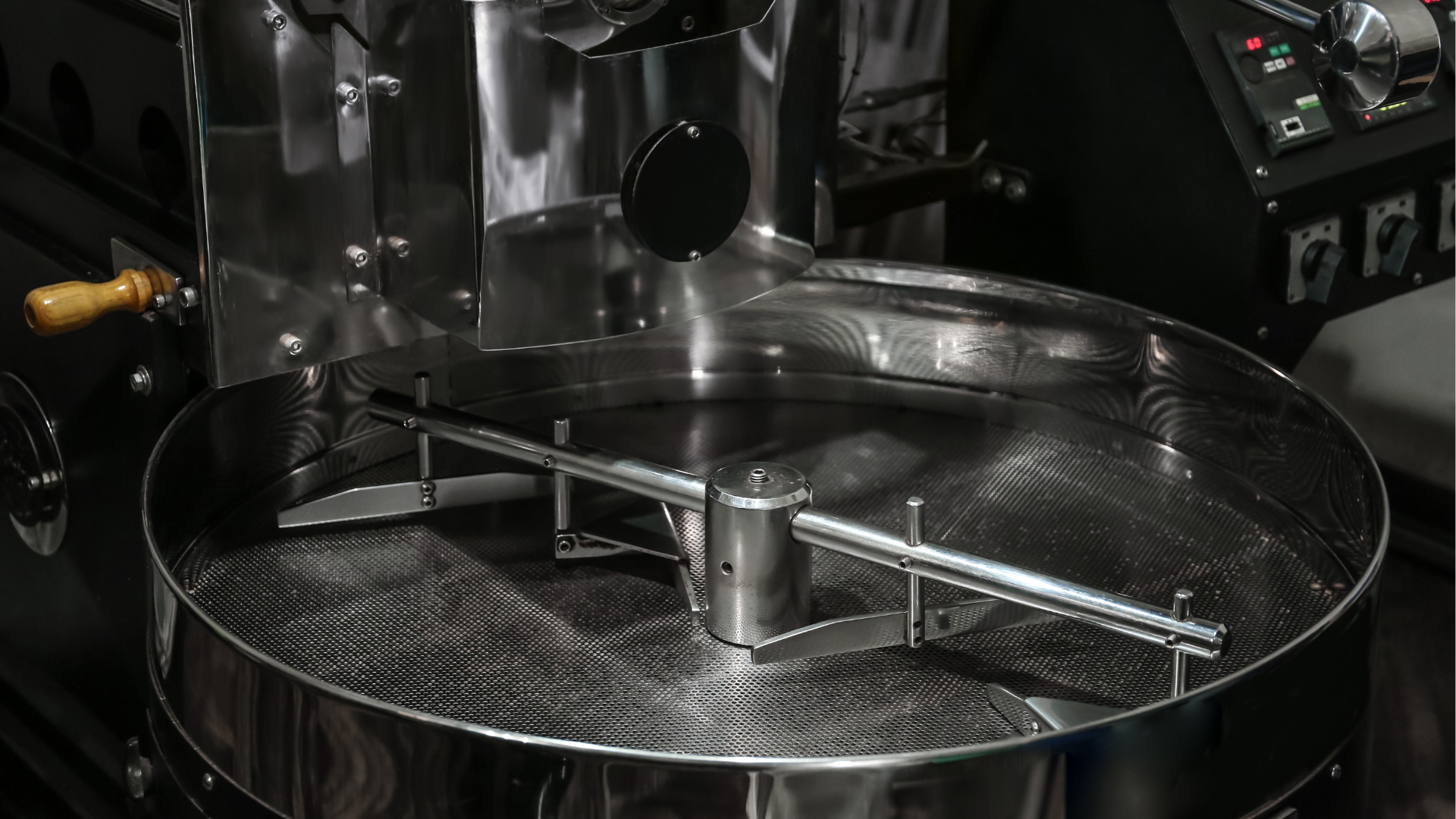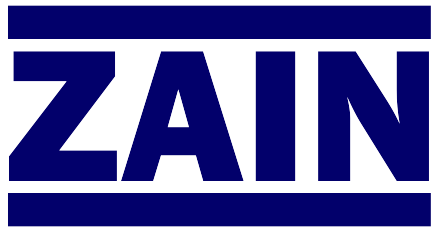Maintenance Tips to Extend the Lifespan of Your Mixing Equipment
Proper maintenance of mixing equipment is essential for maximizing performance, reducing downtime, and extending service life. Whether you're operating ribbon blenders, industrial agitators, or high-shear mixers, proactive care can save you time, money, and hassle. Below are key strategies to keep your mixing systems in top condition.
1. Create a Regular Preventive Maintenance Schedule
Establishing a preventive maintenance (PM) plan is the foundation of equipment longevity. According to industry experts, a structured PM checklist should include cleaning, lubrication, seal inspections, shaft alignment, blade condition, motor checks, and safety feature tests. Performing these tasks quarterly—or more frequently depending on usage—helps detect issues before they escalate into costly breakdowns. Logging every maintenance activity in a CMMS adds accountability and enables data-driven insights to optimize your schedule over time
2. Conduct Daily Visual Inspections
Start each shift with a visual check of your mixing equipment. Look for loose fasteners, unusual vibrations, leaks, corrosion, or damaged seals. Even minor visual cues, such as worn belts or buildup on blades, can signal developing problems. Addressing these small issues early prevents damage to more expensive components like bearings and shafts.
3. Perform Thorough Cleaning After Each Use
Cleanliness is critical, especially in food, pharmaceutical, or chemical environments. Residue build-up on shafts and blades can cause imbalance, hasten wear, or even bend components. Use plant-appropriate solvents or cleaning agents, but avoid abrasive tools that could damage surfaces. Consider dry-ice cleaning for sanitary systems, which effectively removes residues without scratching or heavy chemical use.
4. Lubricate Moving Parts Correctly
Proper lubrication minimizes friction, prolongs component life, and ensures smooth operation. Pay close attention to bearings, seals, gearboxes, and drive belts. Some systems include automatic lubrication, while others rely on manual schedules—but irrespective of the method, clean lubricant points beforehand to prevent contamination. Over-greasing can be just as harmful as under-greasing, so follow OEM recommendations.
5. Inspect and Replace Seals Regularly
Seals are crucial for preventing leaks and protecting bearings and drive components. Check seal condition frequently—especially in chemical and food processing lines where corrosion or aggressive media shorten seal life. Replace damaged or worn seals immediately, as seal failure can lead to misalignment, contamination, and costly repairs downstream.
6. Check Shaft Alignment and Vibration
Misaligned shafts lead to excessive vibration, energy waste, and premature wear. Use straight-edge tools and routine vibration monitoring to detect misalignment early. Excessive vibration often indicates bearing problems, bent shafts, or coupling misalignment—fixing the root cause extends equipment life and maintains optimal performance.
7. Monitor Drive Systems and Belts
Check the tension and condition of belts, chains, and reducers weekly. Proper tension ensures efficient power transmission and minimizes slippage that could overheat motors or damage shafts. Replace worn belts promptly—delaying replacements can accelerate wear on pulleys and motors.
8. Maintain Motors and Gearboxes
Maintain motors by checking for overheating, unusual noises, or vibration. Periodically inspect bearings and consider installing filters or lubricators for pneumatic motors to prevent moisture-related failures. Gearboxes should be examined for oil levels, heat indicators, and seal integrity. Scheduled fluid changes per OEM guidelines prevent gear wear and ensure efficiency.
9. Calibrate Instruments and Perform Safety Checks
Accurate measurements and safety systems are critical for reliable mixing operations. Calibrate sensors like torque meters and viscometers regularly. Test emergency stops, overload protection, and guards monthly. Proper calibration protects product quality and prevents machinery damage.
10. Train Your Team and Document Everything
Operator training is vital for early issue detection. Teach staff to spot signs of imbalance, noise, heat, or performance decline. Train them in routine cleaning, lubrication, and simple inspections. Document maintenance tasks in an accessible system—digital logs simplify trend monitoring, compliance audits, and accountability.
11. Leverage Predictive Maintenance and Health Monitoring
Advanced plants increasingly use predictive maintenance (PdM). Monitoring trends such as vibration, temperature, and motor current identifies anomalies before failure occurs. PdM techniques, including IoT sensors and machine learning, can reduce unplanned downtime and extend equipment lifespan. Start by instrumenting critical machines and evaluating patterns to schedule timely interventions.
12. Plan for Periodic Deep Maintenance
Annual or semi-annual deep maintenance should include component disassembly, detailed inspections, bearing and coupling replacements, and re-alignment. APEX industrial mixers can last 10–20 years with proper care—combining routine and deep maintenance ensures optimal longevity. Use shutdown periods to overhaul critical systems and update maintenance logs.

Example: Midwest Food Processor
A mid-sized food manufacturer faced frequent downtime due to blade damage in ribbon blenders. After implementing a PM program—including monthly cleanings, seal replacements, and quarterly vibration audits—they saw:
- 40% reduction in equipment-related stoppages
- 20% savings on parts and repairs
- Improved product consistency and reduced waste
Routine monitoring flagged belt wear before failure, preventing unscheduled downtime. This example highlights the direct ROI from disciplined maintenance practices.
When to Replace or Upgrade Equipment
Even with meticulous care, some equipment must be replaced once it nears the end of its service life or no longer meets operational needs. Consider upgrades when:
- Gearboxes require frequent repair
- Parts are hard to source
- Product demand increases
- New equipment offers better efficiency or automation
OEM vendors often assist with requalification or retrofitting and provide maintenance training and spare parts recommendations
Conclusion
Proper maintenance is not just about avoiding breakdowns—it’s a strategic asset that improves safety, reliability, and ROI. By following a disciplined maintenance routine with daily checks, lubrication, cleaning, inspections, and predictive strategies, your mixers can reliably support production for decades. Need help implementing a tailored maintenance program or optimizing your equipment strategy? Reach out to our team and let us help you maximize uptime.

